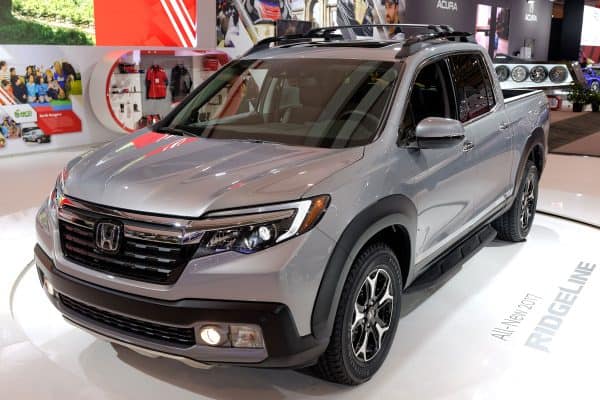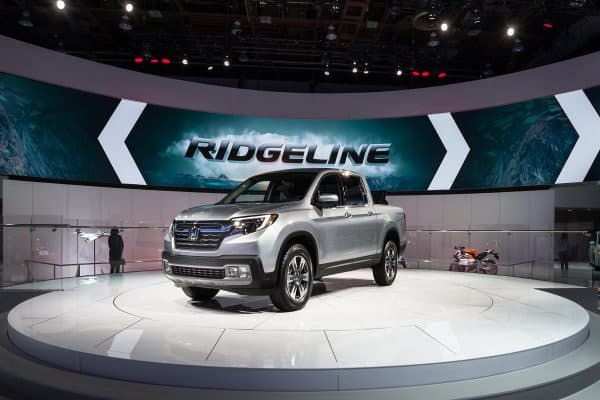The Honda Ridgeline comes standard with 245/60/R18 all-season tires. However, if you want to upsize your tires while keeping everything else in stock configuration, how big can you go? We've done the research for your convenience.
Without any modifications, you can fit 30-inch tires on the Honda Ridgeline. Slightly larger tires up to 30.1 inches in diameter can still fit without any rubbing or scraping.
Would you like to know more about your tire upsizing options for the Honda Ridgeline? If you're planning to buy a new set of tires, then read on and we'll give you some tips that may be able to help you save time and even money.
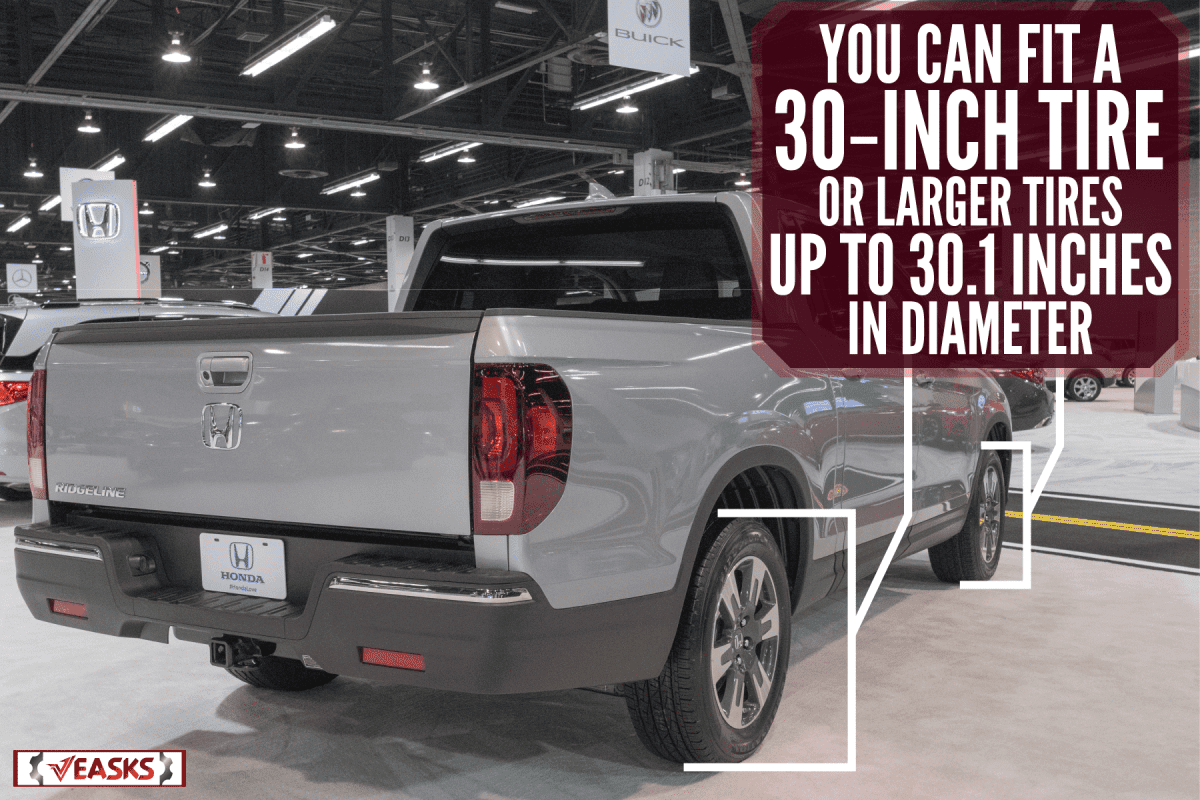
Honda Ridgeline Largest Tire Size
The Ridgeline, which debuted in 2006, is the sole pick-up truck in Honda's 4-wheeler automotive lineup. Although it is not as popular as its mid-sized truck competitors from Toyota, General Motors, and Nissan, the Ridgeline still has its own enthusiasts in the market.
The 2022 Ridgeline is a facelifted 2nd-generation model of the young nameplate. All of its four trim levels come with 245/60/R18 105H tires.
In general, these tires belong to the broad "29-inch tires" category. The 29 inches refer to a tire's overall diameter. This classification aside, the Ridgeline's stock tires are actually a little bit larger, measuring 29.6 inches in diameter.
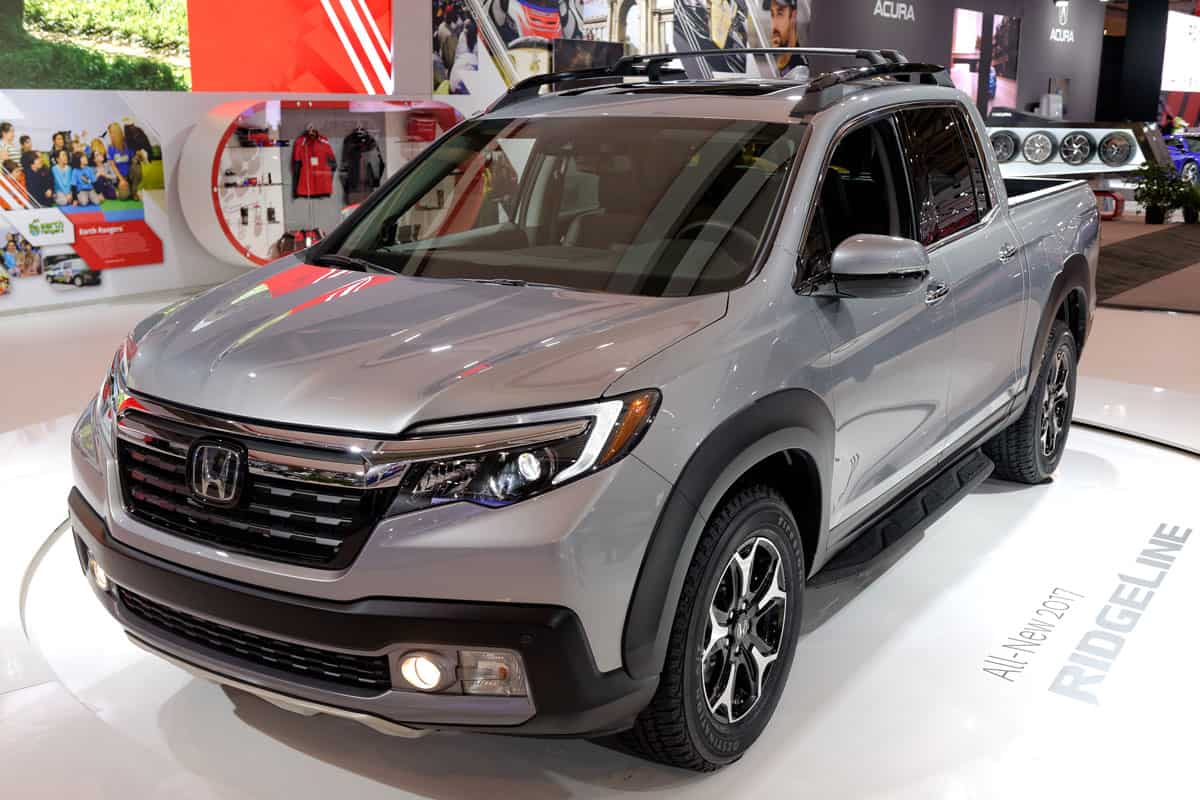
However, the Ridgeline still has some room for tire upsizing. Based on actual upsizing trials by Ridgeline owners, you can fit tires up to 30.1 inches without any modification needed. Moreover, if you trim the factory-installed mud flaps, you can upsize up to 30.6 inches.
If you don't mind some slight rubbing during full turns, then you can still choose 30.5-inch, all-terrain tires without modifying anything else. However, some enthusiasts claim that 30.5-inch all-season tires will not cause any rubbing because of less-aggressive tread designs.
For the 2022 Ridgeline's stock 18-inch rims, you can upsize to 30-inch 255/60/R18 tires with absolutely no rubbing. Alternatively, you can choose to live with a little rubbing during turns on 30.5-inch 265/60/R18 tires.
What Do The 3 Sets Of Numbers On A Tire Mean?
Although some readers may already know about the tire specification numbers that we have mentioned earlier, some may still need a little background information. For example, let's use the Ridgeline's 30.5-inch option, the 265/60/R18.
- 265 pertains to the tire's width, and this is expressed in millimeters.
- 60 represents the ratio of the sidewall to the section width. In this case, the measurement of the sidewall, from the rim to the tread, is 60% the tire's width, so 159 mm.
- R18 is a code that says the tire has radial construction and is designed to fit on an 18-inch rim or wheel.
Most tires also have additional codes and numbers that refer to their maximum load and speed capacity. However, we will only focus on the size specifications in this article.
How Do I Know The Diameter Of My Tire?
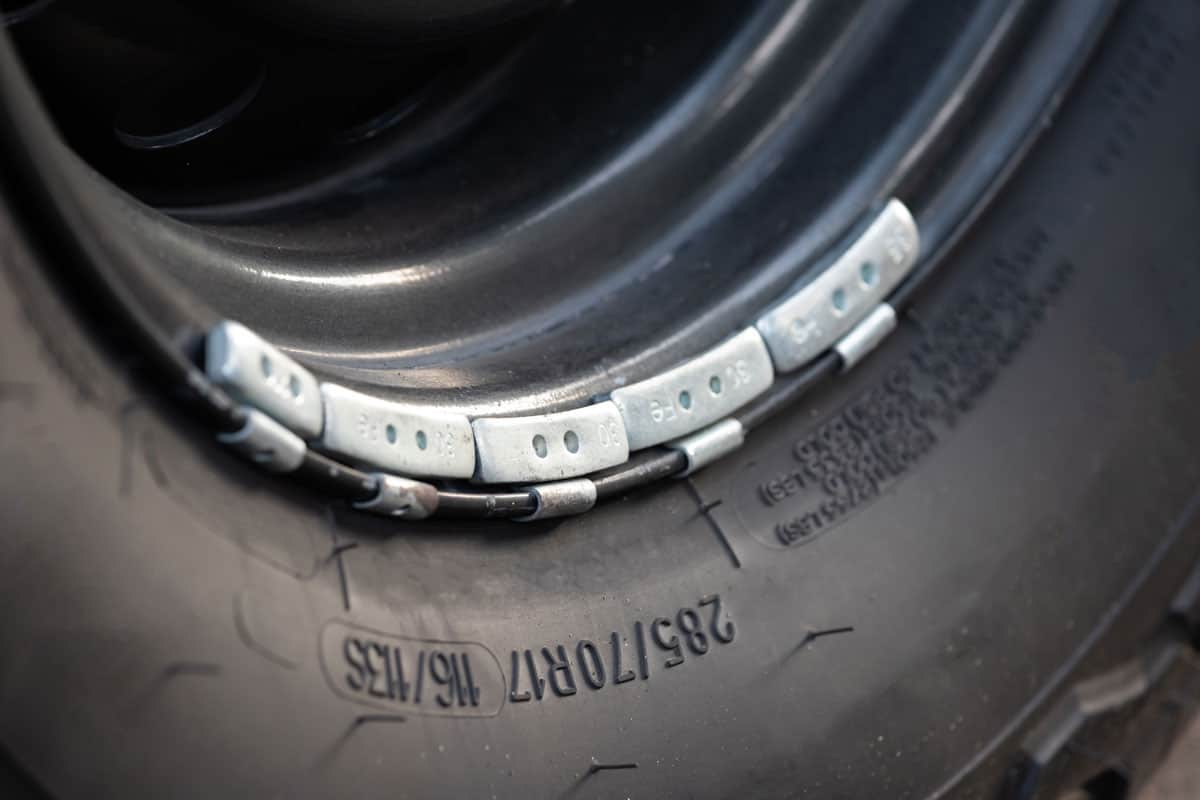
You can measure your tire's overall diameter starting from one point on its outermost circumference to the opposite circumference point, passing through the tire's center. During measurement, you will need to ensure that your tire is properly mounted on the appropriately-sized rim.
Moreover, you need to inflate the tire to its factory-recommended pressure. Finally, you must not put any load on the tire during measurement.
How Is Tire Width Measured?

Using the same specific conditions during the overall diameter measurement, you can also confirm your tire's width manually.
To get your tire's width, you should measure the distance from one tire sidewall to the other. Your measuring tool (e.g., tape measure) should pass through the tire's center, and it should form a 90-degree angle with the tire's side walls.
How Is Tire Aspect Ratio Calculated?
Aspect ratios are stated neither in inches nor in millimeters. Instead, they come as percentages. To compute your tire's aspect ratio, you have to measure two dimensions first.
- Tire height - this is the distance from an outermost point of the rim up to the corresponding outermost point of the tire. This imaginary line should sit on a radius or diameter line of the entire rim and tire setup.
- Tire width - as computed in the previous section.
Your tire's aspect ratio is your tire's height divided by its width times 100. For example, if the height is 60% of the tire's width, then you would have an aspect ratio of 60.
Should You Upsize Your Tires?
Changing to upsized tires is among the easiest ways you can upgrade your Honda Ridgeline. If you stay within your wheel well's tire size limit, then you do not need to spend time or money on modifications such as a leveling kit or a full suspension lift job.
Before you decide to upsize your tires, you need to ensure that you know consider the advantages and disadvantages of doing so.
Check out this video on a Ridgeline owner who overestimated the tire size that his Ridgeline can take.
What Are The Pros Of Upsizing Tires?
In the following sub-sections, we will be discussing some of the upsides of upsizing your Honda Ridgeline's tires.
Cosmetics
Although some truck owners like to convert their trucks into lowriders, many of them prefer their trucks to look like real workhorses. A bigger set of tires can make a truck's stance more suited for its strong and capable design.
Higher Ground Clearance
When you upsize your tires on the same rims, you will increase your ground clearance. Because of the higher ground clearance, you also increase your approach and departure angles as well as your vehicle's wading depth.
By increasing your ground clearance, you can drive more confidently through challenging terrains without scraping your vehicle's underside. Moreover, you can also ford or wade through floods or streams that would otherwise stall vehicles with lower clearances.
Better Traction
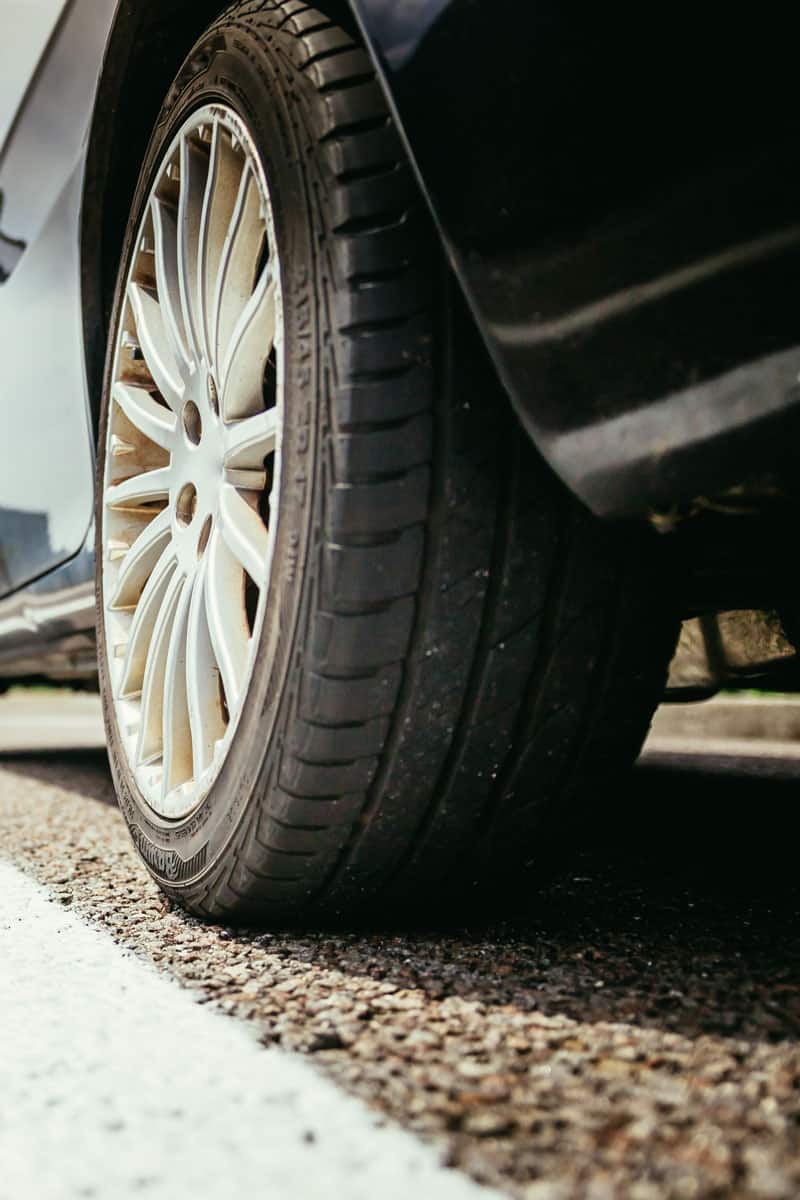
Upsizing tires involves getting wider and taller tires or simply just wider tires. When you make your tires wider, you also increase your truck's traction or grip on the road.
Because of a bigger tire contact patch with the ground, your car becomes more stable during high speeds as well as during slippery road conditions.
Moreover, better traction improves your overall control over your truck, especially during unexpected turns or cornering instances.
What Are The Cons Of Upsizing Tires?
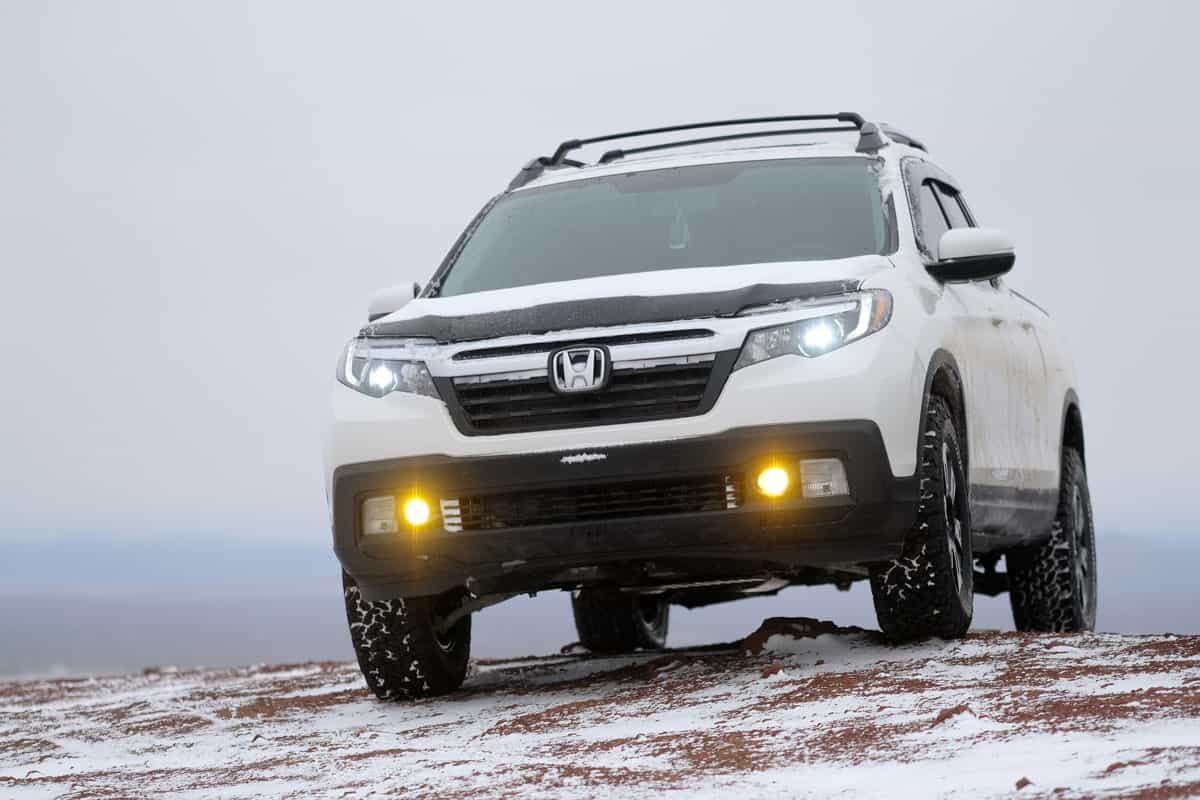
Upsizing tires has its trade-offs, so you should also prepare for its disadvantages before deciding on a new set.
More Expensive Tires
Bigger tires are generally more expensive than your smaller stock tires. If you plan to upsize, then you should prepare to buy the entire set plus your spare at the same time.
Slower Acceleration
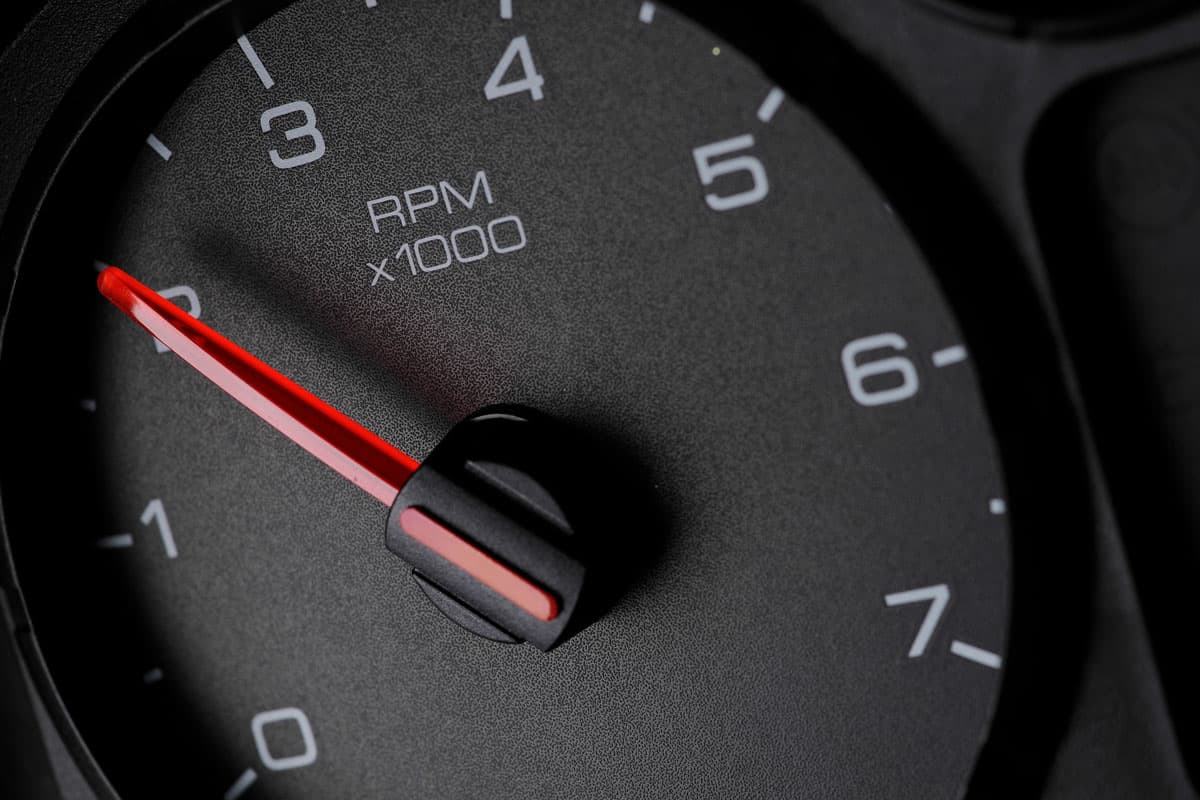
Although bigger tires improve vehicle control, they also decrease your acceleration.
A bigger tire weighs more and produces more friction against the road. Because of these factors, your engine will have to work harder to get your vehicle moving. This combination will decrease your rate of acceleration.
Heavier Steering
Once again, the bigger tires' contact patch creates more friction against the ground and will make your steering heavier. Although you may find the steering difference negligible on highway cruises, you will notice it more during dry-steering maneuvers when parking.
Higher Fuel Consumption
As mentioned earlier, your engine will work harder to compensate for the additional friction and weight that the bigger tires will bring. As such, your vehicle will use more fuel.
Moreover, many truck owners upsize to more aggressive all-terrain tires. Because of their larger tread patterns, they will have more wind resistance, especially at cruising speed. This wind resistance will add more strain to the engine.
Incorrect Speedometer Reading
Auto manufacturers calibrate their cars' speedometers to read the speed while the vehicle sits on stock tires and rims.
If you upsize your tires, then the bigger overall diameter will cause your vehicle to travel a little farther for every axle rotation. Your speedometer's mph reading may say 60 while you're actually doing 63 or more. You can see how this can lead to a traffic ticket.
Change In Ride Comfort
If you upsize your tires on stock rims, then your tire height or its sidewall size will increase. This increase gives your tire wall more flexing capacity to absorb the impact from bumps and potholes.
However, upsizing tires does not necessarily improve ride comfort. Changing from all-season or highway tires to all-terrain tires will mean bigger tread patterns. This will increase the noise and vibrations that you'll feel in the vehicle, especially at higher speeds.
How Much Is A Honda Ridgeline?
For your window-shopping convenience, we've listed the starting prices of the 2022 Honda Ridgeline trims below.
- Sport - $ 38,140
- RTL - $ 41,120
- RTL-E - $ 44,070
- Black Edition - $ 45,570
These prices are accurate as of July 2022.
Wrapping Up
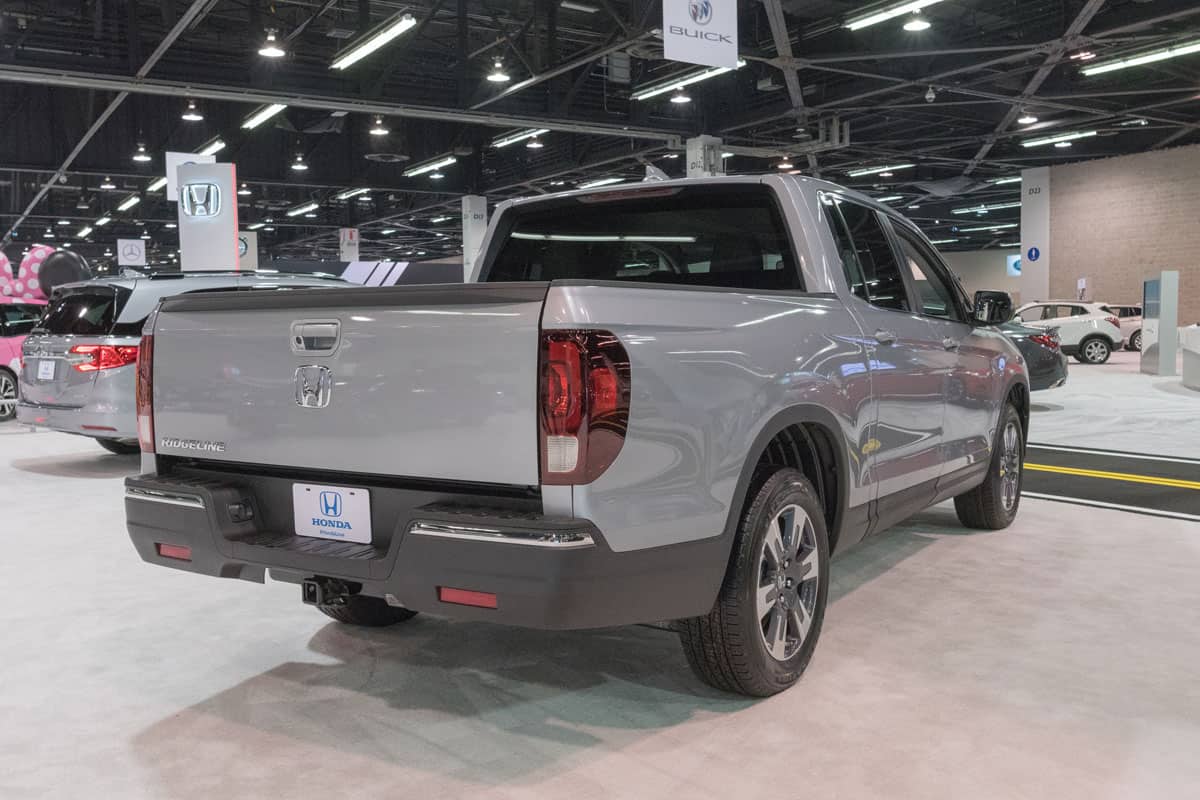
Without any modifications, the 2017 and newer Honda Ridgeline models can use 30.1-inch tires without rubbing, and 30.5-inch tires with some rubbing during turns. The common tire specifications are 255/60/R18 (30 inches) and 265/60/R18 (30.5 inches).
Thank you very much for reading. We hope we were able to help you decide about your Honda Ridgeline's tires.
If you want to find more interesting reads about Honda and other automotive topics, then please check out the other great articles in this site.


